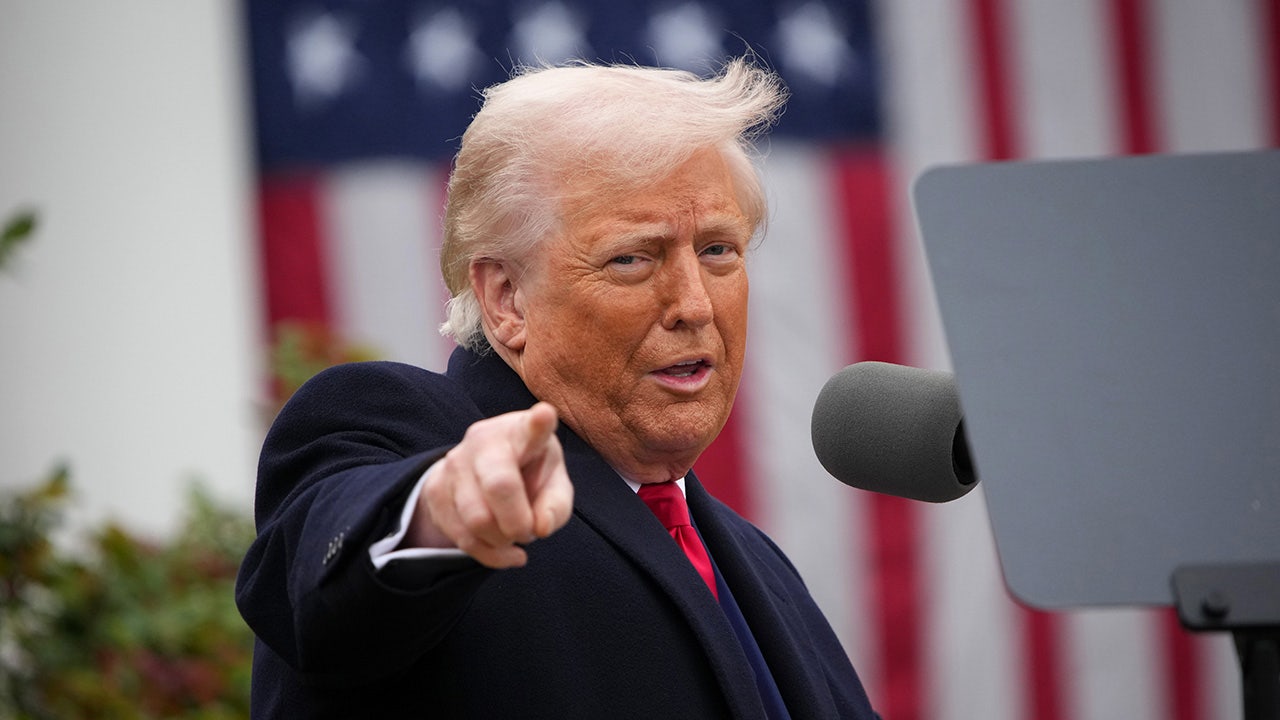Summer reissue: As tens of thousands showed their support for the hīkoi to parliament, the organisers were busy behind the scenes ensuring things ran smoothly. For many, this was their first time leading a kaupapa of this scale – and it wasn’t all easy.
The Spinoff needs to double the number of paying members we have to continue telling these kinds of stories. Please read our open letter and sign up to be a member today.
First published November 18, 2024.
On August 31, an extraordinary hui was held at Waipapa Marae at the University of Auckland. “The originals” – a group of long-time Māori activists including Hone Harawira (Ngāti Hau, Ngāti Wai, Ngāti Hine, Te Aupōuri, Ngāpuhi, Ngāti Whātua), Annette Sykes (Ngāti Pikiao and Ngāti Makino), Ken Mair (Ngāti Tūpoho), and Mereana Pitman (Ngāti Kahungunu) – called the hui to respond to what they described as the “blitzkrieg that all Māori are facing”, referring to a wave of anti-Māori policy and legislation being introduced by the coalition government.
Significant hui throughout the history of Māori activism have taken place at the University of Auckland. In 1939, the Young Māori Leaders’ Conference brought together luminaries such as Pei Te Hurinui Jones (Ngāti Maniapoto), Michael Rotohiko Jones (Ngāti Maniapoto), and Manuhuia Bennett (Ngāti Whakaue, Ngāti Pikiao and Ngāti Rangitihi). Decades later, in 1970, a pivotal hui sparked the creation of Ngā Tamatoa, the collective that would play a crucial role in the “Māori renaissance” – a period of powerful advocacy for Māori sovereignty that included the Māori land march, the language petition, the haka party protest, and landmark occupations like those at Whāingaroa and Takaparawhau. Members of Ngā Tamatoa, including figures like Harawira, Donna Awatere Huata, Hana Te Hemara and Tame Iti, became icons of this movement, igniting a legacy that continued into the 2000s.
Over the last few years, a new generation of Māori leaders has emerged, many of whom are descendants of those earlier activists. Despite this, there hadn’t been a unifying platform until Toitū Te Tiriti appeared on social media in December 2023, the same day a national “day of action” was held against what many considered anti-Māori policies. Toitū Te Tiriti quickly mobilised and amassed a sizable following, bringing the new generation together under one kaupapa.
On the heels of the August 31 hui, Toitū Te Tiriti posted that “the originals” had asked the new group to lead the kaupapa. “Toitū and the OGs stand together, united under one banner. We are determined to work together as one, recognising the importance of our shared purpose and commitment to our people,” read the post, signalling the official passing of the rākau to the next generation.
From that point on, the Toitū movement surged forward. Leading the charge was Eru Kapa-Kingi (Te Aupōuri, Ngāpuhi), supported by a team including Kiri Tamihere-Waititi (Ngāpuhi, Ngāti Porou, Te Whakatōhea), Hōhepa ‘Hori’ Thompson (Ngāti Toa Rangatira, Ngāti Kahungunu ki Wairarapa, Kai Tahu), Anahera Tupara (Taranaki, Raukawa ki te Tonga, Ngāti Maniapoto), Te Rawhitiroa Bosch (Ngāpuhi, Ngāti Kahu ki Whangaroa), Nyree Manuel (Ngāpuhi, Ngāti Kahi ki Whangaroa, Te Arawa), and Wairere Iti (Tūhoe, Waikato, Te Arawa). These young Māori are educated, driven and raised in kaupapa Māori; they know how to mobilise swiftly, use social media effectively, and amplify their voices through an extensive network.
In an interview with The Spinoff, Kapa-Kingi reflected on the immense responsibility. “It’s been a huge learning journey. It’s definitely tough, because there is so much mahi,” he shared.
As we sat by a shed at Ihumātao, where the hīkoi had stopped en route through Tāmaki Makaurau, Kapa-Kingi reflected on the challenges and support he’d received. “This role was handed to us by Uncle [Hone Harawira]. He asked me to step up because he didn’t have the time or energy for this kaupapa. When it landed in our hands, it felt overwhelming.”
Kapa-Kingi admitted that delegating had been key. “We’ve got a team of six. We’ve split the mahi into areas, so each person has their focus. That teamwork makes a big difference. People might think it’s all on me because I’m the kaikōrero, but that’s not true at all.”
The bridge crossing in Auckland, he said, was one of the biggest logistical hurdles. “Today, according to drone footage, we had around 50,000 people. That’s 50,000 lives to be responsible for, which brings a lot of stress,” he admitted. “Logistically, it was intense, but having the experience and wisdom of people like Uncle Rueben there helped us pull it off.”
He’s talking about Rueben Taipari, another “OG” who has long been an activist in Te Tai Tokerau. Reflecting on lessons from his elders, Kapa-Kingi acknowledged the importance of building relationships with entities like the police and council. “Uncle Rueben taught us to start on the right foot with these relationships. It makes everything run more smoothly,” he explained. While social media is vital, he also recognises the need for traditional outreach. “Not everyone is on social media – our aunties and uncles still listen to the radio. If we truly want to include everyone, we’ve got to use all forms of media.”
The next phases of the hīkoi are expected to bring even larger numbers, and the team plans to debrief and keep refining their approach. For Kapa-Kingi, the kaupapa goes far beyond the Treaty Principles Bill that may have been a catalyst. “This is about tino rangatiratanga – claiming our place as tangata whenua and ensuring our mokopuna inherit that mana. Our tūpuna never gave up their mana, and now it’s our turn to stand in it.”
Kapa-Kingi extended an open invitation to those considering joining the hīkoi, which is passing through Porirua today before arriving in Wellington City tomorrow: “This kaupapa is for everyone, Māori and tauiwi alike. Whether it’s joining us in person, flying a flag on your street, or showing support in your own way, every gesture matters. It’s about standing with mana, wherever you are.”
This is Public Interest Journalism Funded by NZ On Air.





















Discussion about this post